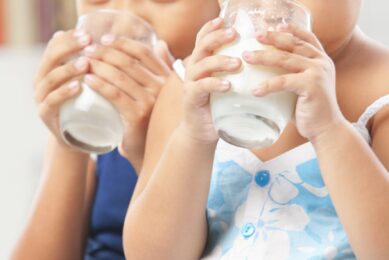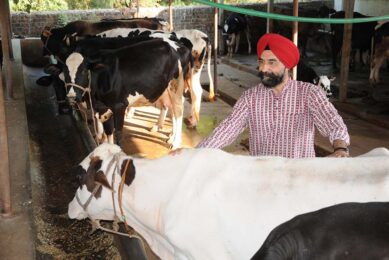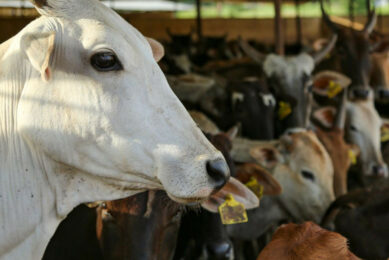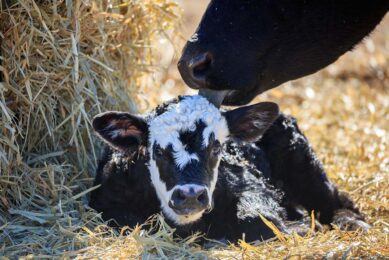India: Improving resilience to climate change
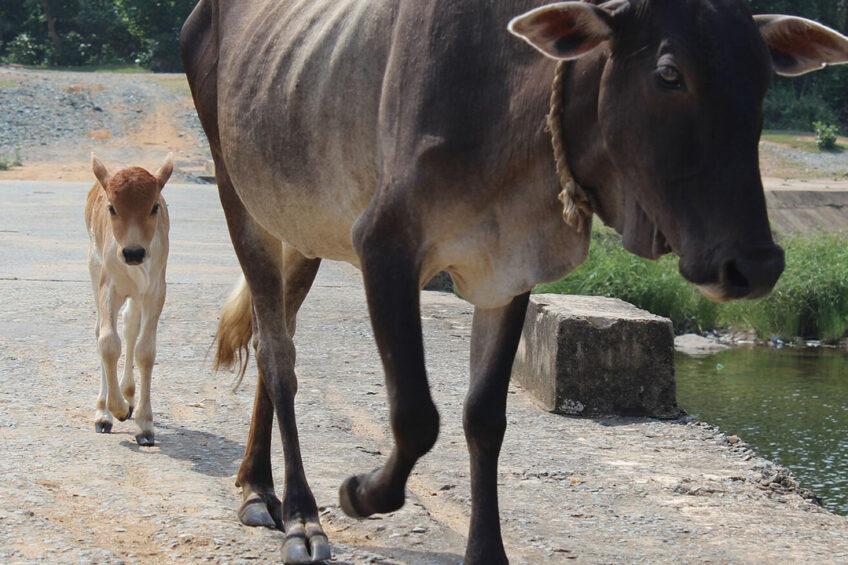
India is on a path to improve resiliency against the impacts of climate change. We look at the agriculture sector and its position in this matter.
Since it is one of the fastest growing economies in the 21st century and is the world’s third largest emitter of GHG (after China and the US), India has been on a path to mitigate the effects of climate change. Half of the 1.3 billion population is directly dependent on climate sensitive sectors and livelihoods most certainly are considered in the scheme of climate change. The Indian government’s priorities remain focused on reducing its vulnerability of its natural and socioeconomic systems to the blow of climate change, according to a USDA report.
Country report: India’s dairy sector remains strong and steady
India is one of the major producers of milk in the world and while its population accounts for most of the consumption of the nation’s produce, there is no doubt that production is standing strong with a steady growth in the volume over the years. Find out more…
GHG emissions in India
The country is a leading GHG emitter from food and ag systems, particularly Indian rice fields and the significantly large livestock population are the primary causes of methane emissions, with nitrous oxide emissions as a result of fertiliser application to low-carbon soils.

To break it down:
- 54%of GHG emissions are due to enteric fermentation (livestock – India has the largest population of bovine animal – cattle and buffalo)
- 19% GHG emissions are from agricultural fertilisers
- 17% GHG emissions are from rice cultivation
- 6.7% GHG emissions are from poor manure management
- 2.2% GHG emissions are from burning crop residue
The Indian dairy sector in numbers. Source: National Dairy Development Board (NDDP). Milk production by states 2018 – 2019.

For the country, climate change could result in an increase in water, shelter, and energy for raising livestock in India. Heat stress particularly is a major concern when temperatures rise as reproductive performance and productivity in dairy animals is negatively affected – with a decrease in total dry matter intake and lower mild production seen. The frequency of extreme climate events (floods, droughts, cyclones) have tripled in the country between 1950 and 2015 and studies have stated that a 2°C warming will lead to extreme annual heatwaves.
From the US to India – turning food waste into milk
Continued strides are being made around the world to ensure human food waste and food processing by-products are not sent to landfills or incinerated but converted back into nutritious products by dairy cattle. From the US to India, we look deeper into food waste as cow nutrition. Read more…
What’s being done?
The country has argued that its per capita GHG emission levels are much lower than the levels of developed countries. The country is continuously focusing on some GHG mitigation strategies, aiming at the energy, industrial, and agricultural sectors by promoting energy conservation, alternative fuels from renewable technologies, water conservation, afforestation, and land and waste management. India has participated in various international coalitions and provided development assistance to other countries in climate change mitigation. Recent initiatives include the International Solar Alliance (ISA), which provides a dedicated platform for cooperation among governments, multilateral organisations, industry, and other stakeholders to help achieve a common goal to increase the use and quality of solar energy to meet energy needs. India committed US$1.7 billion in credit toward solar projects in various countries, stated the report.
Source and summarised based on the full report: USDA
More info on: Milk Production in India



